In the previous post ( LINK) we looked at the most common papers on the market, i.e., those that are produced in long runs due to their high consumption. On the other hand, there are very specific materials that are produced in much smaller or limited amounts or are used for a very specific application. This article focuses on papers that do not require large volumes and present highly noteworthy characteristics.
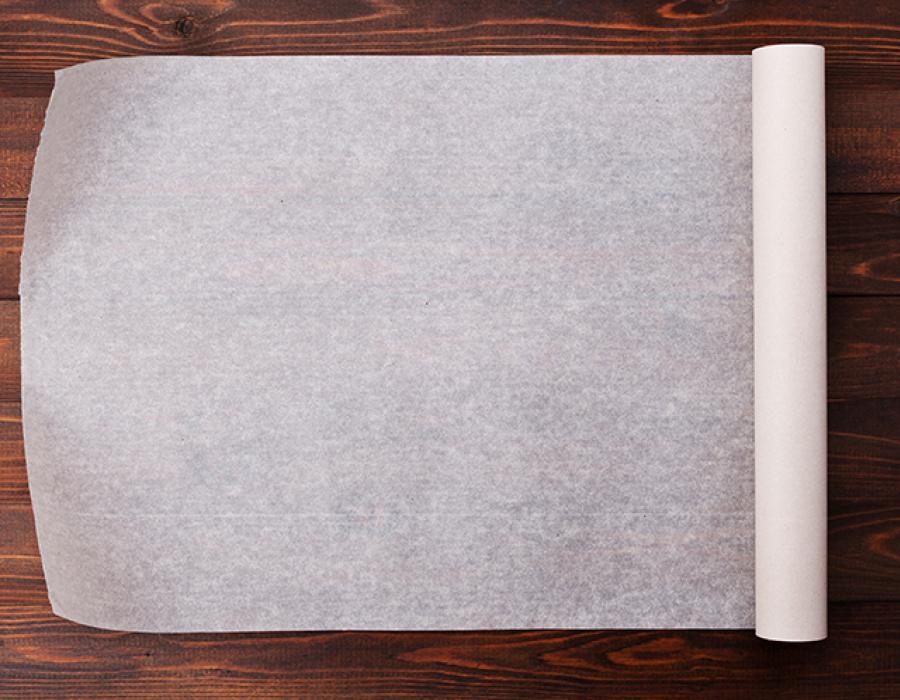
Film
Like the other types of paper, film is made of mainly long cellulose fibres, although in this case they are ground. This feature is obtained through a refining process working at a very high temperature in the water circuit. The result is a highly porous and translucent material. It also features excellent traction and high strength thanks to the long fibres and compacting.
The most common grammages are between 60 and 200, although manufacturers need to remember that the greater the thickness, the poorer the transparency. Colour film is produced by mass-dying the paper or sometimes off-line. The Arjowiggings group offers a certified version for food consumption.
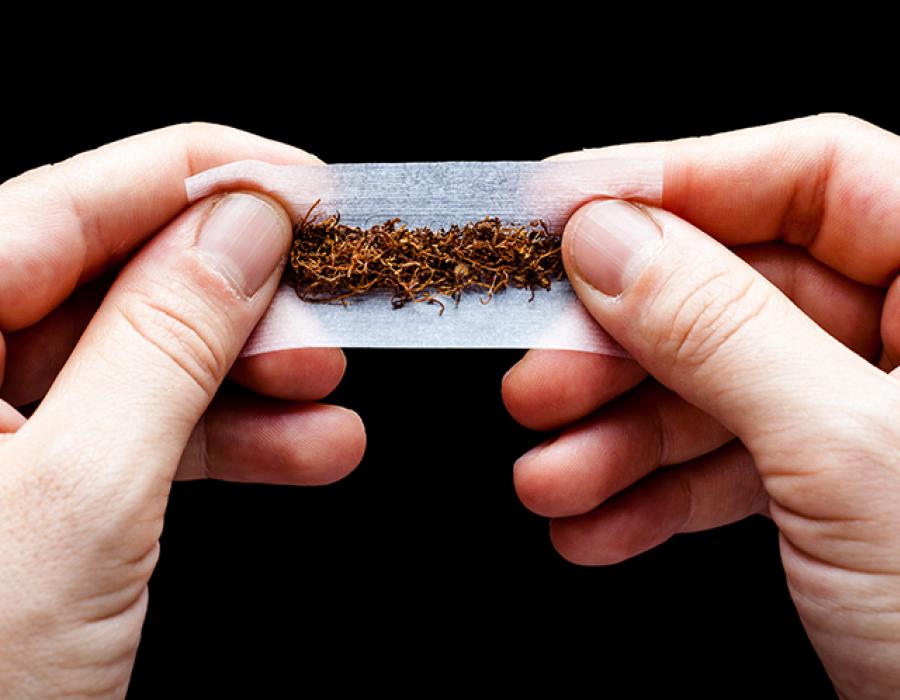
Cigarette paper
It is the material used to wrap cigarettes. Normally, it is made of rice paper and additives that are used to ensure that the cigarette burns properly. In fact, this material contains a chemical component that is designed to ensure that the cigarette will extinguish itself, thus preventing any risk to the consumer. Its main characteristic is its low grammage, which is usually between 12 and 25, and it does not need to be very strong, since it has a very short period of use and a very specific purpose.
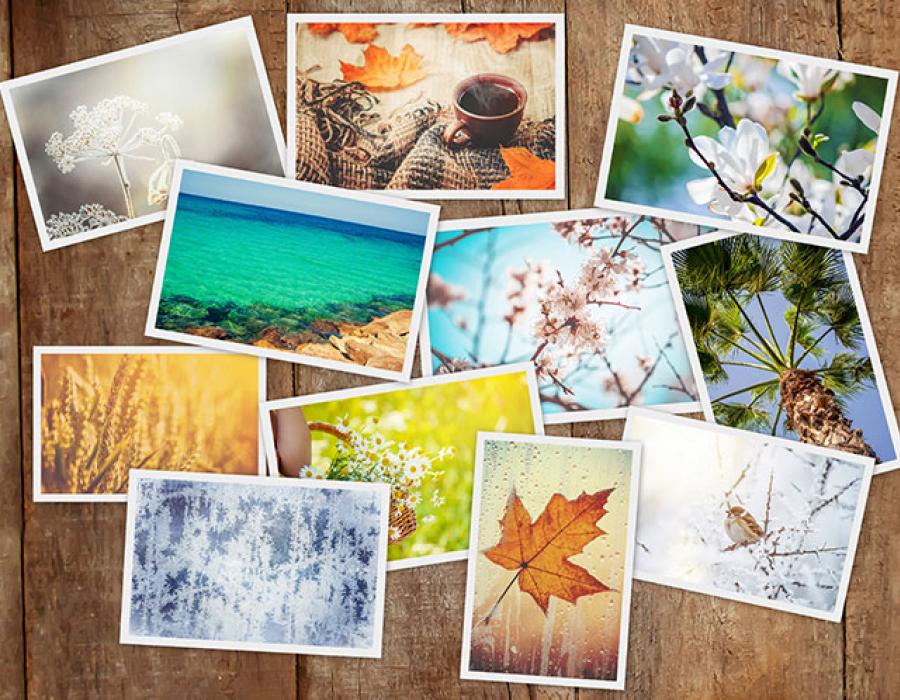
Photographic paper
The most outstanding characteristic of this paper, used, as its name suggests, to print photographs, is that it is very smooth and highly coated. These two factors make it ideal for inkjet printing. Similarly, the product must be rigid to keep the photographs intact over the years, for which purpose high grammages are required. This photographic product used to be coated with a light-sensitive emulsion to reproduce pictures taken on photographic film. This technique evolved to the digital printing method that we know today.
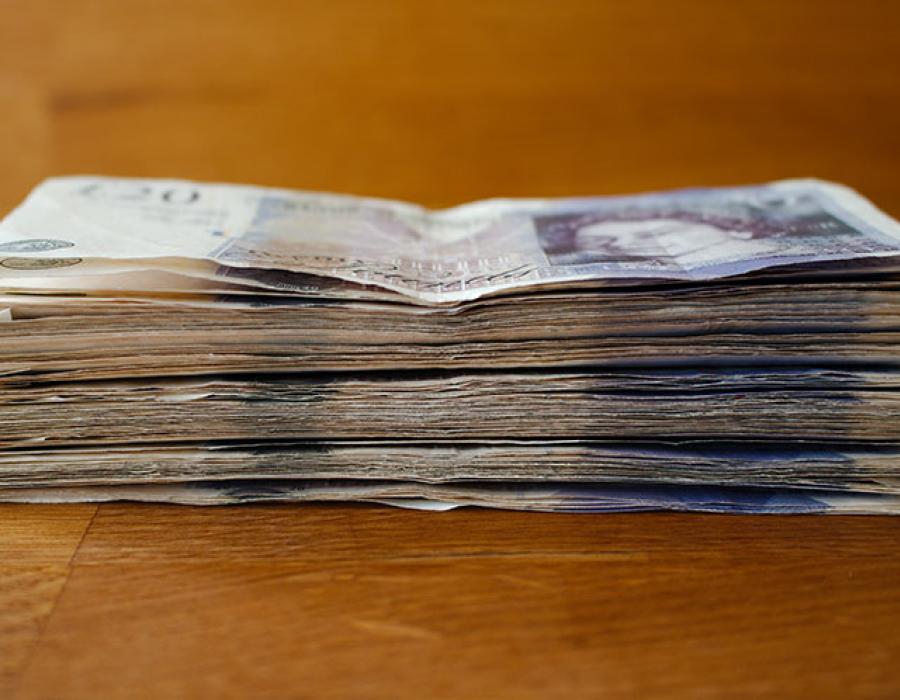
Security paper
The main example of this is banknote paper. This paper’s distinguishing element are its security measures, such as the holograms created by means of film, water marks, invisible fibres or different types of ink. The material is water-resistant to ensure that it remains intact if inadvertently washed, and it is also resistant to folding, which is very common during the bank note’s life-cycle. Printing quality is very high due to the importance of high definition in security elements. Grammages and strengths are related to the specific function of the paper in question, rendering it difficult to establish a standard line.
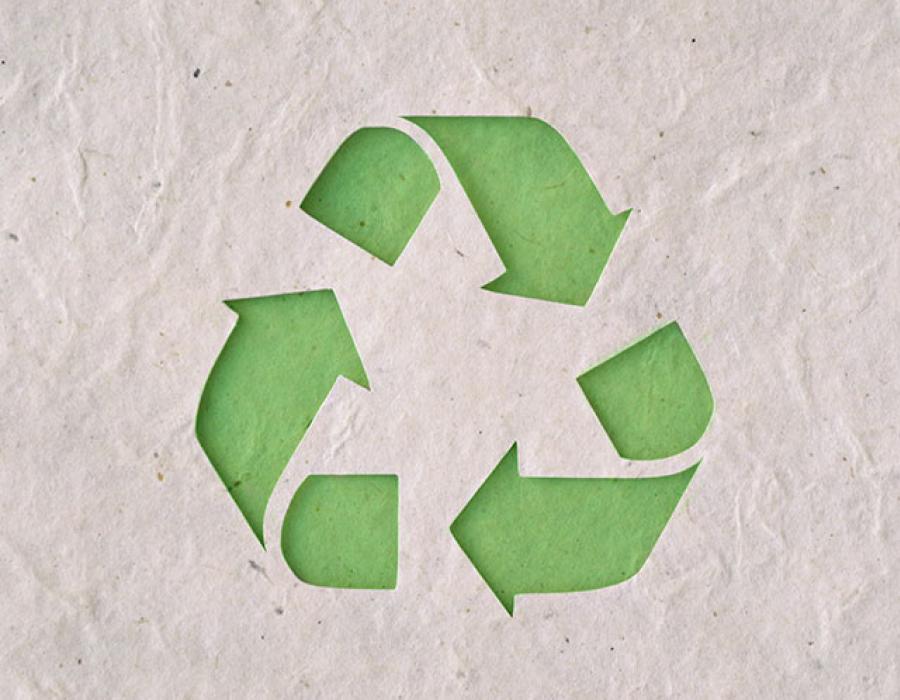
Recycled paper
Mention should also be made of recycled papers. This term is applicable to any of the materials addressed in both this and the previous post (LINK), provided that the cellulose pulp used is not virgin but rather comes from material that has already been used. Different treatments will be applied, depending on the variety and final application, as well as on how clean it needs to be.
For example, if the paper to be recovered will be used for newsprint, the result does not need to be very white; on the other hand, if it is turned into repro, it is important that the paper lose the brown hue typical of recycled paper. Here, it is important to emphasise that the material is never 100% white, since it is virtually impossible to remove all the residue that it contains.
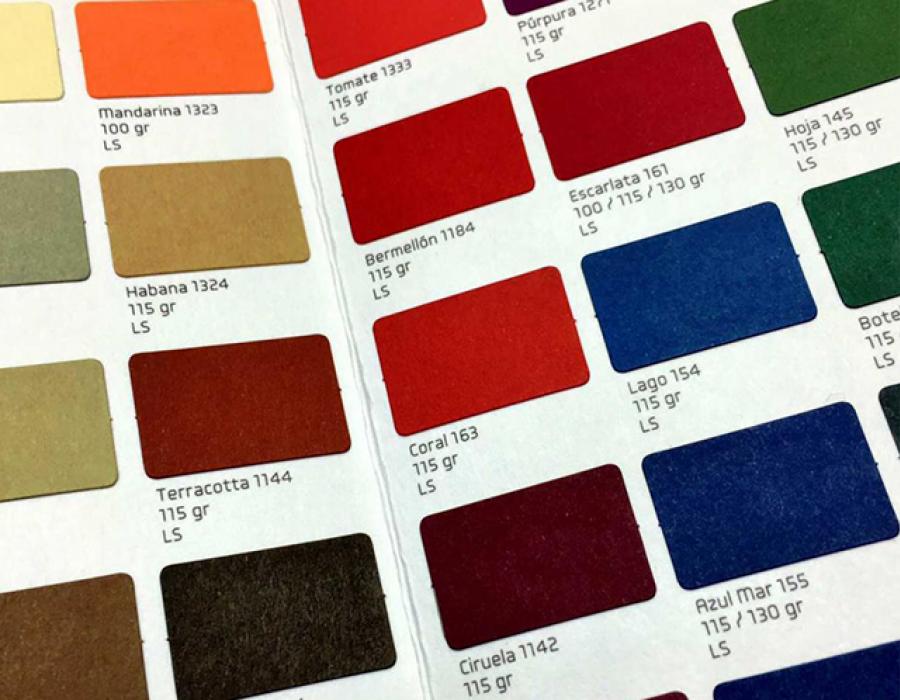
Guarro Casas creative papers
In all the different types of papers, Guarro Casas materials are unique in that they are created totally on the basis of the customer’s needs. They are created according to project requirements, and the fact that they are customised makes them a cut above the rest.
Instead of choosing a type of standard material and adapting it to the project in question, the company’s creative papers are conceived exclusively for the application in question, featuring the ideal characteristics that will make it a stand-out. Although many papers have two good sides, their main function is coating, in both publishing and in packaging. For this reason they convey sensations by means of the use of embossing and the materials used. These papers achieve a combination of image and functionality and their hallmark is utter personalisation.
